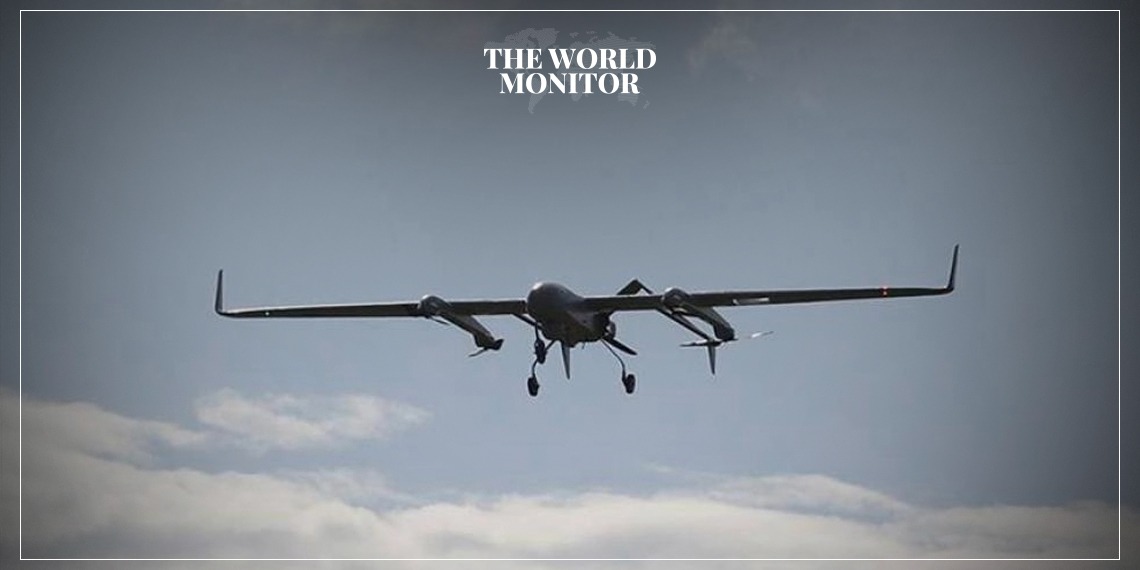For the first time, the Israeli military in the Gaza Strip has turned to artificial intelligence technologies aimed at downing drones and detecting Hamas tunnels, sparking concerns about the role of autonomous weapons in warfare.
Last month, the military hinted at the purpose of these technologies when spokesperson Daniel Hagari mentioned that Israeli forces are operating “above ground and beneath it” simultaneously.
A military official told Agence France-Presse (AFP) that these technologies are primarily used to take down drones deployed by Palestinian factions and to map the network of tunnels in the besieged enclave.
These technologies were developed by Israeli companies within the tech sector, which has been impacted by the ongoing war for months.
In 2022, this sector contributed to 18% of the Gross Domestic Product (GDP), but 8% of its workforce was called up to the military following the outbreak of the war on October 7.
Avi Hasson, head of the startup hub Start-Up Nation Central, stated, “Generally, the war in Gaza poses risks, but it also provides opportunities to test new technologies in this area,” adding that technologies used in the battlefield and hospitals during this war had not been used before.
However, these technologies raise concerns among human rights organizations, especially with the high toll of civilian casualties, who make up the majority of war victims in the Palestinian territory.
Over 150 countries supported a United Nations resolution last December, addressing “serious challenges and concerns” in the field of new military technologies, including artificial intelligence and autonomous weapon systems.
The war has seen extensive use of drone warfare, making aerial attacks easier and less costly. Hamas released footage of the October 7 attack, showing drones dropping bombs on military vehicles, while Israel developed technologies to counter these drones.
For the first time, the military used an AI-enhanced targeting scope developed by Smart Shooter, equipped on weapons like rifles and machine guns.
An Israeli military official said this technology “helps our soldiers intercept drones because Hamas uses many of them,” explaining that the technology makes “every soldier, even if blind, a sniper.”
Another technology involves launching drones capable of throwing nets over other drones to disable them. The Wall Street Journal reported last month that the United States, Israel’s main political and military supporter in this war, began training its soldiers to use Smart Shooter technology to take down drones.
This technology has been increasingly used by factions opposed to Washington to target US military bases in the Middle East since the Gaza war began.
Mapping the extensive tunnel network in Gaza remains a significant challenge for the Israeli military, which has announced discovering and detonating many tunnels.
The military wing of Hamas, the Izz ad-Din al-Qassam Brigades, regularly announces the detonation of tunnel openings and ambushes Israeli soldiers. Israel claims that Hamas fighters fortify themselves in tunnels, where they also keep prisoners.
The Israeli military has resorted to drones using AI technologies to map these tunnels, which Western estimates suggest extend over more than 500 km.
These technologies include drones capable of detecting humans and operating underground, allowing visibility within the tunnels as long as communication with the drone is maintained.


